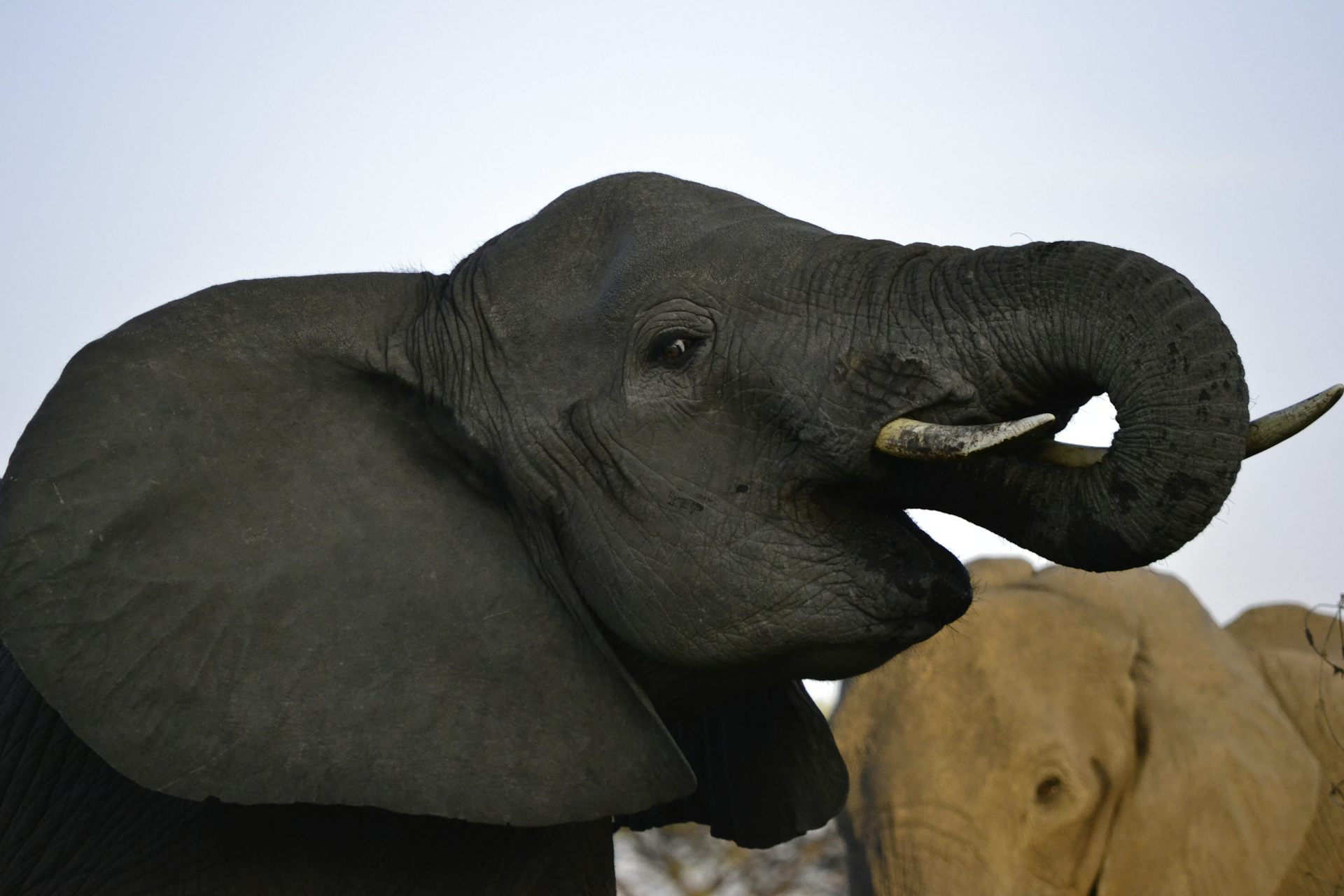Author:
Ross Harvey
(MENAFN- The Conversation) Botswanahas reinstatedtrophy hunting after a 5-yearmoratoriumon the practice.
In the wake of evidently declining wildlife numbers, former president Ian Khama imposed the ban inearly 2014 . Elephant numbers hadplummetedby 15% in the preceding decade. The hunting industry had been granted a total quota of between420 and 800elephants a year during that time. Evidence of abuse was prolific and communities werenot benefitingfrom the fees that hunters were paying.
Over the past five years Botswana has earned areputationas the continent's last elephant haven. It harbours justover a thirdof Africa's remaining savanna elephants.
Khama's successor, Mokgweetsi Masisi, has been in the job for just over a year. He'spromoteda conservation doctrine that is diametrically opposed to Khama's.
Masisi recently hosted a conference in Kasane that brought together heads of state and environment ministers from Angola, Botswana, Namibia, Zambia and Zimbabwe. Its pretext was to formulate acommon visionfor managing southern Africa's elephants under the banner of the Kavango Zambezi Transfrontier Conservation Area (KAZA). But the conference wasused to drum up supportfor Botswana's intended reversion to elephant hunting.
Tourism and Environment Minister, Kitso Mokaila, claimed that the country has too many elephants. This 'overpopulation' narrative has also fuelled the idea that hunting –and even culling– will reduce growing human and elephant conflict.
Butmany believethat elephants have been reduced to a political football in Masisi's election campaign to curry favour with rural communities who feel aggrieved over the hunting ban. The elections will be held inOctober this year .
A cabinet sub-committeereportproduced earlier this year recommended that the hunting ban be lifted. It therefore comes as no surprise that Masisi has done so.
At the conference, hegiftedelephant footstools to his fellow heads of state, a symbol of support for ' consumptive use '. This is a conservation doctrine that endorses the exploitation of wildlife in the form of either trophy hunting or trade in derivative parts such as ivory.
A turn for the worst
The narrative that Botswana's elephant population is exploding and has exceeded the country's carrying capacity isrepeatedlyused to rationalise trophy hunting and the ivory trade. Mokailaclaimed , for instance, that Botswana's elephant population was at 160 000, nearly three times the 'carrying capacity' of 54 000.
But a scientific aerialsurveyof northern Botswana – where the country's elephants are concentrated – conducted in 2018 disputes this. The survey estimated a national population of 126 114, indicating stability since 2014. It also revealed a sharp increase in poaching. The survey report noted:
These results suggest there is a significant elephant-poaching problem in northern Botswana that has likely been going on for over a year.
The survey also found that nearly all carcasses suspected of being poached were bulls. Bulls are targeted for their large tusks. This suggests that Botswana is fast becoming a poaching hotspot for the growingdemandfor illicit ivory in East Asia.

Botswana's elephants are being used as a political campaigning tool.
Provided by author.
If the country's not careful, poaching will take root in the same way it has inTanzaniaand Mozambique over the last decade.
The numbers
Proponentsargue that hunting 'surplus' bull elephants reins in elephant numbers and provides direct jobs (and bushmeat) tolocal communitieswho live in the daily reality of growing human and wildlife conflict.
Argumentsin favour of hunting invariably appeal to the obsolete idea of 'carrying capacity' – that a landscape can only withstand the impact of a certain maximum number of elephants. But conservation scientistsaren't convincedthat this applies in large, unfenced and highly variable ecosystems such as Botswana's. Arguing, for instance, that an area can only sustain 0.4 elephants per square kilometresis arbitrary .
Adult bulls are also not surplus to herd requirements; they only breed successfully beyond the age of 35 and sire most of their young after 40. Hunting of a few select trophy males hardly contributes to population control. It is similarly unlikely to mitigate human and elephant conflict as it forces elephants to concentrate in smaller areas, making them more aggressive.
Trophy hunting
Either way,trophy hunting is in declineand its conservation efficacy is increasingly beingquestioned . Nonetheless, Masisiappearsto have bought the narrative that well governed hunting is the silver bullet to conservation.
But hunting ishardly ever well governedand unethical playersunderminethe rationale behind a quota system. In an open system, incentives to over exploit one's hunting quota are stronger than incentives to stick to the rules. Thistends to resultin a tragedy of the commons – over-exploitation of natural resources beyond the ecosystem's maximum sustainable yield.
On top of this, the voices of communitiesbenefitingfrom photographic tourism have not yet been heard. Photographic safaris are fundamentally more sustainable than trophy hunting.In 2018 , tourism ( mostly photographicand with no hunting) supported 84 000 jobs. By contrast, at its peak in 2009, hunting only supported 1000 jobs.
In conclusion
Botswana is at risk oflosingits sterling conservation reputation. Support for trophy hunting and the ivory trade isregressiveand may damage its tourism reputation.
For a country that has been overly dependent on diamond rents, which are now in decline, Botswana cannot afford policy decisions that undermine its second largest economic sector.
Protected areas
Botswana
Trophy hunting
ivory trade
MENAFN2305201901990000ID1098561961
Legal Disclaimer:
MENAFN provides the information “as is” without warranty of any kind. We do not accept any responsibility or liability for the accuracy, content, images, videos, licenses, completeness, legality, or reliability of the information contained in this article. If you have any complaints or copyright issues related to this article, kindly contact the provider above.